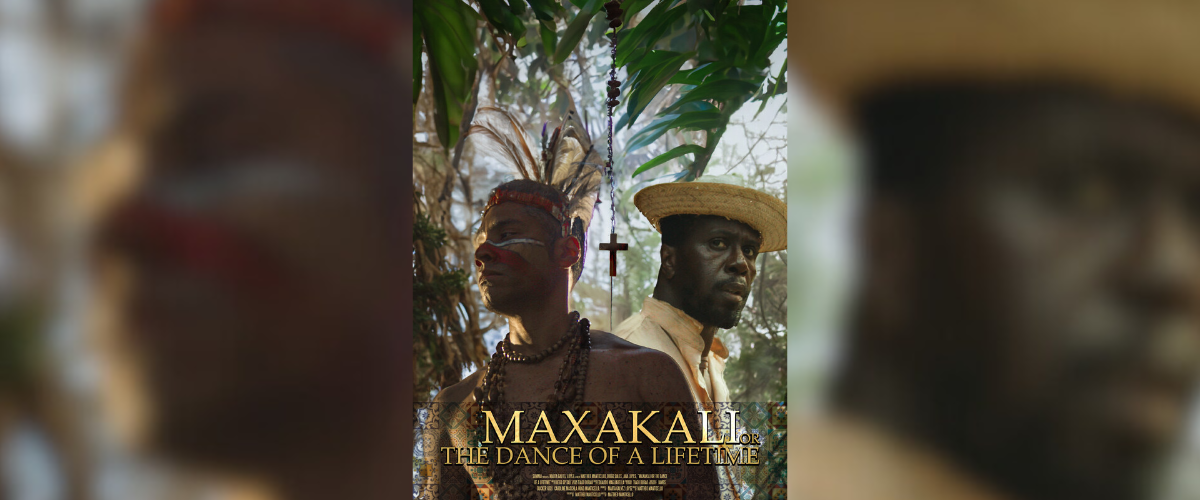
“Vibrant, strong” – this is how the narrator begins her speech, accurately portraying, in fact, the very qualities of the short film ‘Maxakalì or the Dance of a Lifetime‘. Indeed, what Matthéo Manticello does with this project is truly remarkable, going far beyond the apparent premise of a forbidden love story. But beyond its historical stakes, which set the narrative in a specific chronotype, along with its social and political particularities (Brazil at the end of the 18th century), the short film is a visual tour de force. Likewise, the preoccupation with the colonial past of this corner of the world becomes an essential premise of the short film. Thus, following the tradition of several filmmakers, the director tries to highlight a metaphor of interracial conflicts but also of the means of spiritual rehabilitation through compassion. The crisis of humanity and aberrant violence are two central poles in this project, which, despite the explicit and bloody tension, has the charm of an almost dreamlike experience. Suffering and reverie, animality and sublime – there are so many contrasts in this kinetic picture that it’s impossible to remain passive in the face of such a well-balanced film.
Who is the barbarian, and who is the “civilizer”? Tensions between the natives and the Portuguese colonisers reach bloody proportions. But even in the aftermath of a murder, a soul can find salvation through an act of love that breaks social and religious principles.
Articulated around the experience of a female character, who also plays the role of the narrative voice, the short film exudes a sensory richness, simultaneously crystallizing the intertwined destinies of two people that the violence of others brings closer and closer. By dispensing with sentimentality or other “strategies” to force the spontaneity of the relationship between the protagonists, Matthéo Manticello showcases the expertise necessary to employ the rhythmic patterns of nature as a metaphorical representation of emotional fluctuations. Of course, the quality and authenticity of the set design, plus the total involvement of the cinematographer, contribute decisively to making ‘Maxakalì or the Dance of a Lifetime’ a fascinating portrayal of humanity that maintains its integrity even during the most difficult historical moments.






